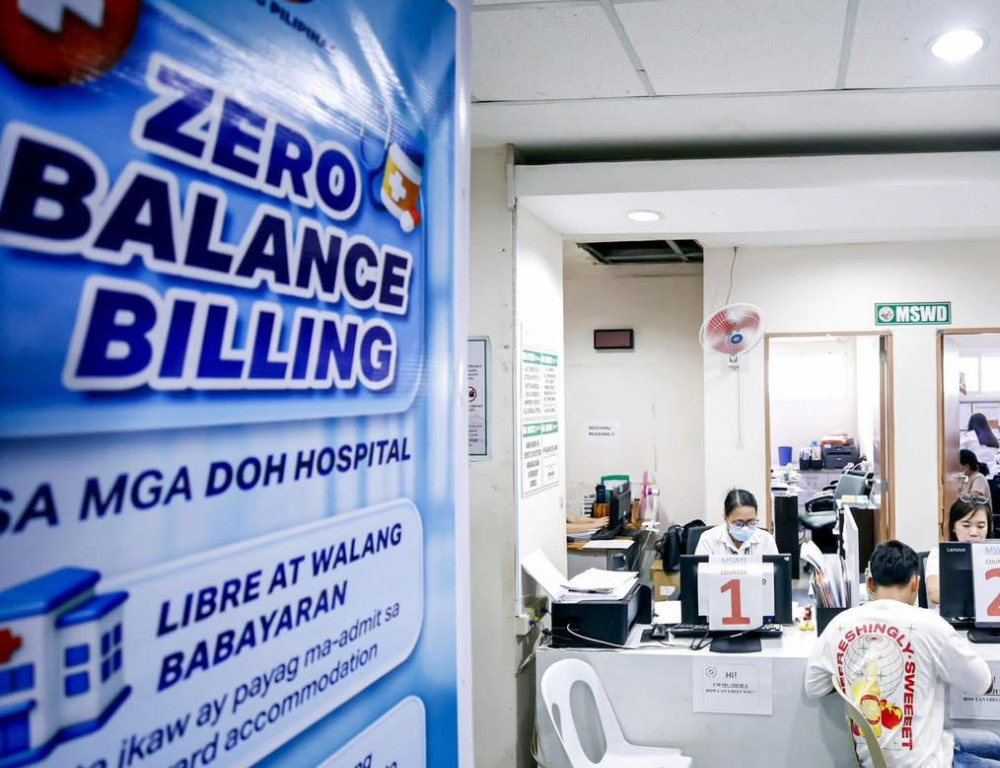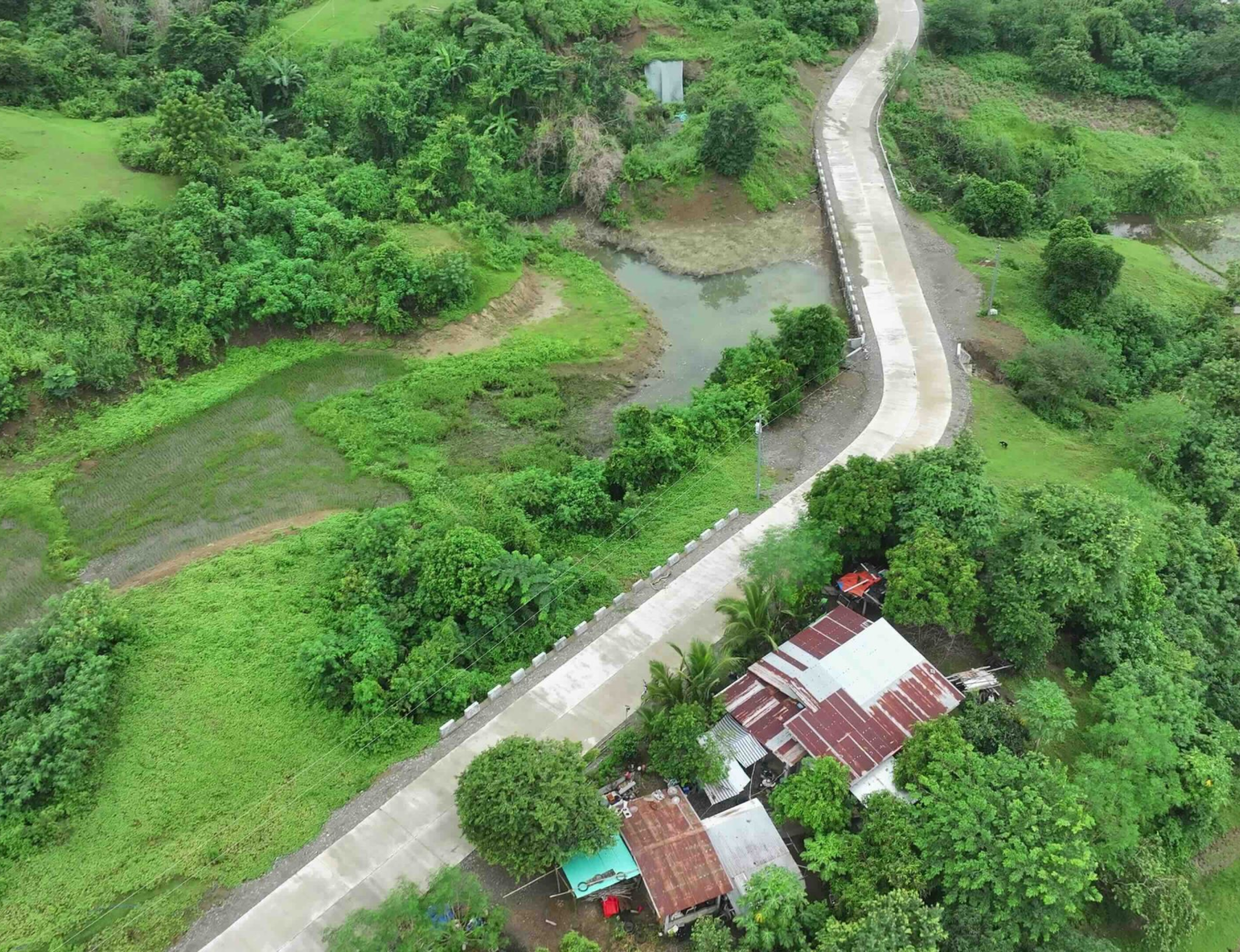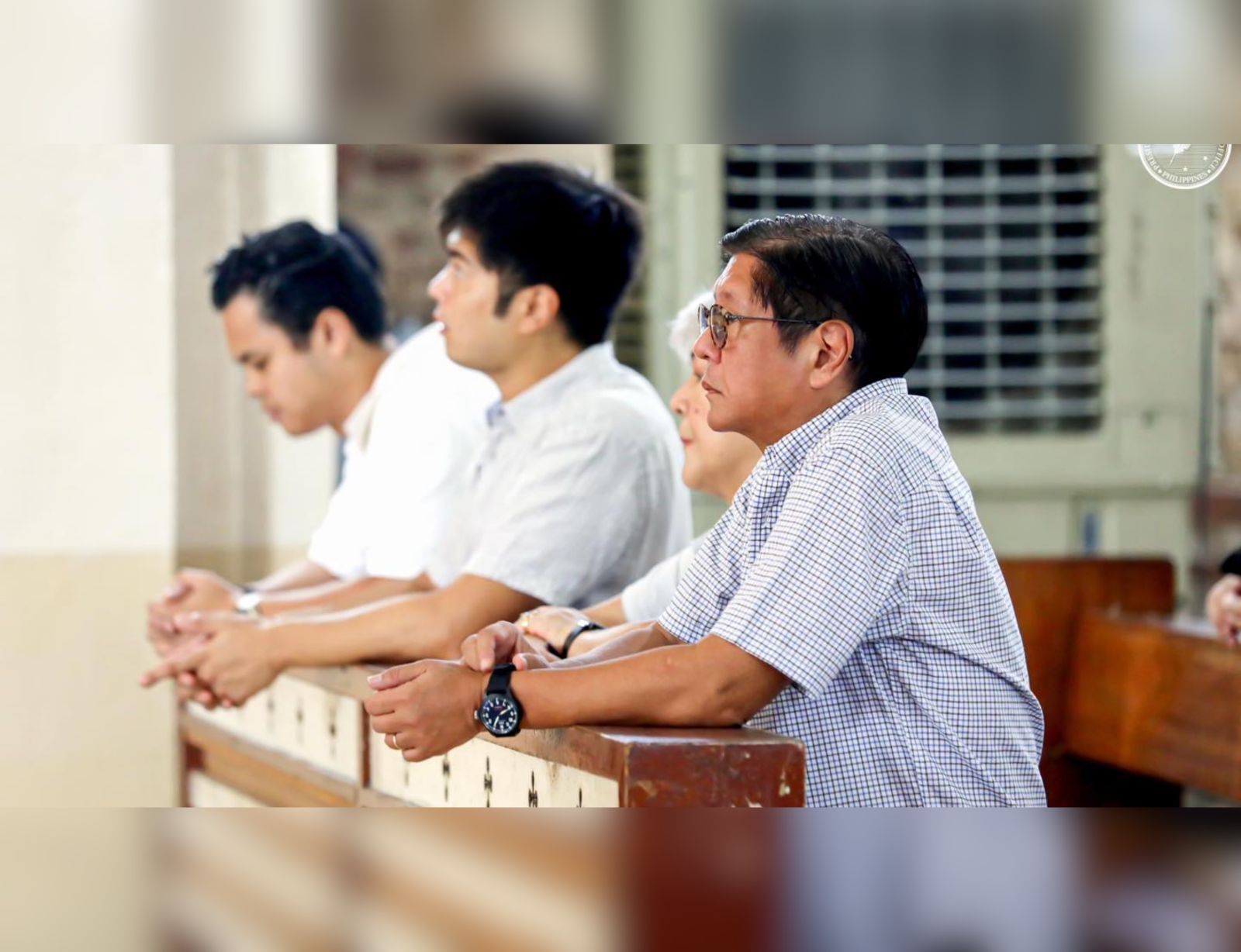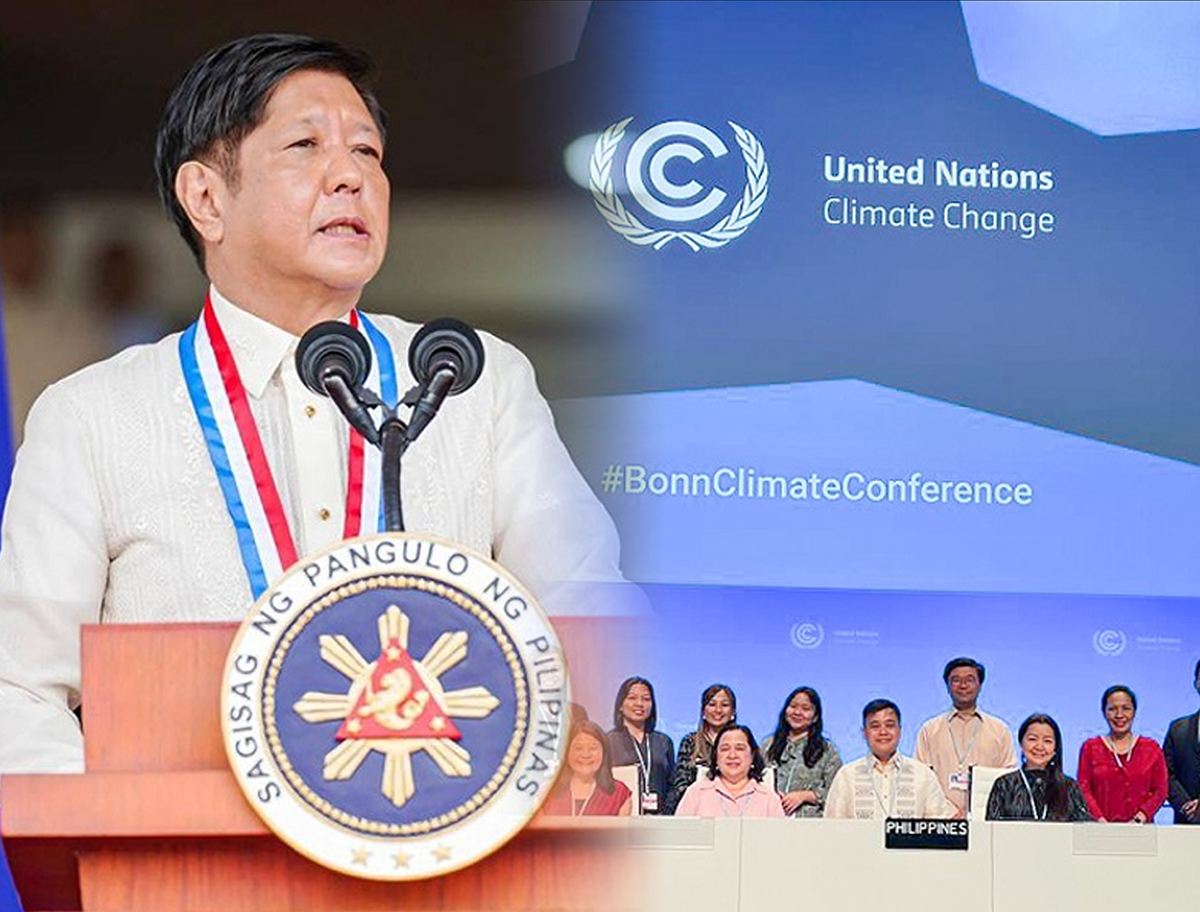
The Philippines, under the administration of President Ferdinand R. Marcos, scored a landmark achievement in the fight against climate change with the creation of the country’s first-ever National Adaptation Plan (NAP), a roadmap for enhancing climate resilience.
The Philippines is the third ASEAN country and the 56th in the world to submit a NAP to the United Nations Framework Convention on Climate Change (UNFCCC).
The NAP is both a document and a process covering 2023-2025, and specifically aims to identify priority high-risk climate change vulnerable areas in the country, provide guidance on integrating adaptation considerations, and harmonize national strategies with international commitments.
In 2023, Philippines’ NAP was launched at the Conference of the Parties of the UNFCCC, more commonly known as COP28, through the leadership of the CCC and Department of Environment and Natural Resources (DENR).
According to the Climate Change Commission (CCC), the lead policy-making body tasked to coordinate, monitor and evaluate programs and action plans tackling the impacts of climate change in the Philippines, the NAP is among three landmark policy frameworks created to combat climate change.
CCC vice chairperson and executive director Robert E.A. Borje said the two other frameworks are the Philippine Development Plan (PDP) 2023-2030 which has a dedicated chapter on climate resilience and disaster preparedness, and the Nationally Determined Contribution (NDC) Implementation Plan 2020-2030, that outlines the policies and measures to reduce or avoid greenhouse gas emissions in five sectors, namely agriculture, waste, industry, transport and energy.
“Itong tatlong dokumento na ito ay naglalayong mapaigting ang ginagawa ng ating pamahalaan para tayo maging climate resilient pagdating sa adaptation o pagtugon sa epekto ng climate change, sa mitigation o pagtugon sa root cause ng climate change which is greenhouse gas emissions, at pangatlo, ang PDP is an overarching plan para siguraduhin na ang ating ekonomiya ay maliksi, malakas at matatag habang tayo ay nag-ta-transition sa low carbon and climate smart economy,” Borje said.
Inclusive, dynamic document
Various sectors lauded the creation of the NAP, especially amid the Philippines’ retention of its ranking as the most disaster-prone country in the world for the 16th straight year, further exacerbated by climate change.
Environment Secretary Maria Antonia Yulo Loyzaga said the NAP is a dynamic document that will change as the nature and complexity of climate and related hazards shift and human, sectoral and infrastructure exposure and vulnerability varies.
This is particularly vital as the cost of inaction on adaptation in the 2030 decade is estimated to be PhP645 billion per year across the eight (8) sectors identified for the adaptation actions.
The development of the NAP pursued the National Climate Risk Management Framework: to undertake risk profiling, assessment and management needed to increase the adaptive capacities of communities.
At the same time, a multi-stakeholder consultation and a series of consultation meetings with NAP-National Steering Committee and the Consultative Group of Experts were held to ensure a comprehensive and effective NAP.
The CCC pointed out that indigenous peoples’ knowledge systems, including their long practiced sustainable farming, forest conservation, and biodiversity protection, are key components of the NAP’s nature-based solutions.
89.85% LGUs submit climate action plans
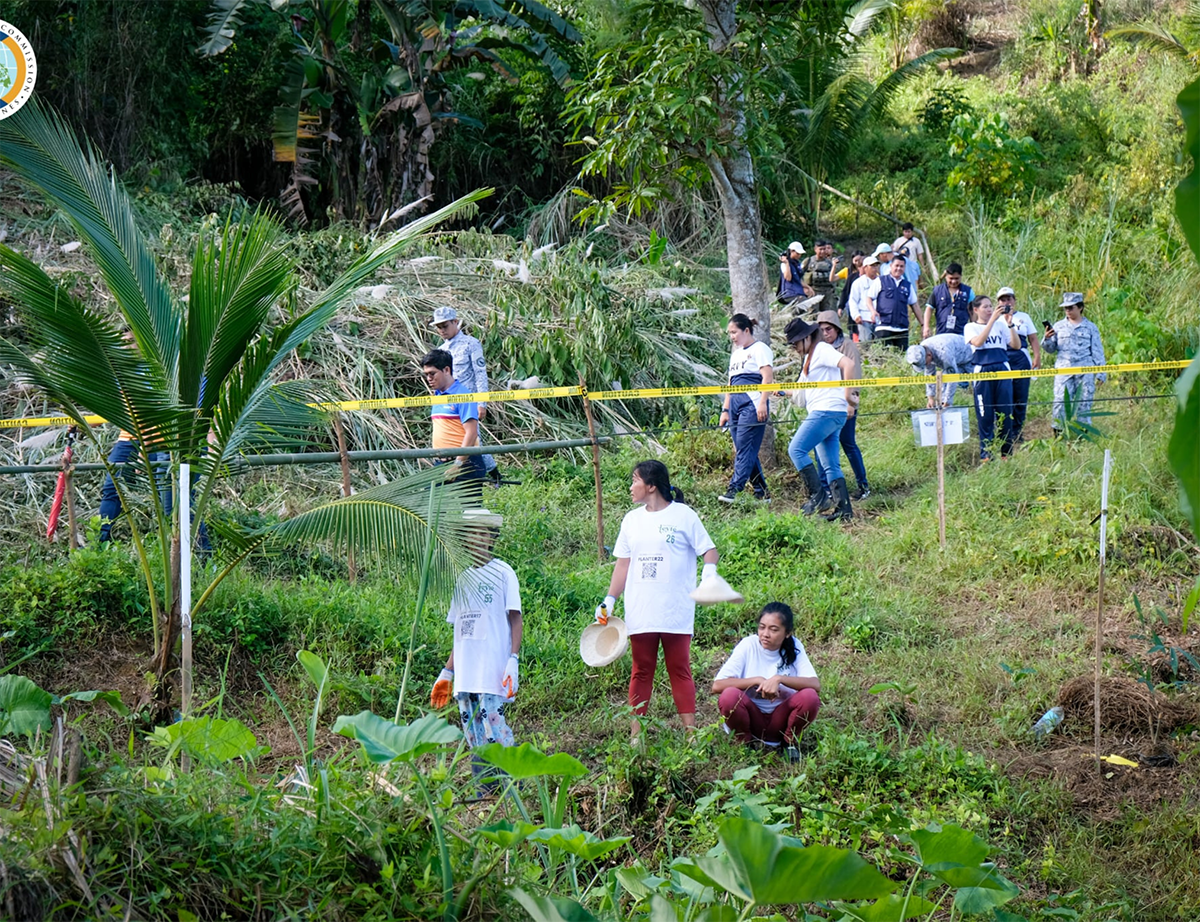
To achieve the objectives of the NAP, the CCC is training local government units to fast-track the development and implementation of Local Climate Change Action Plans (LCCAPs).
As of December 2024, 89.85 percent of LGUs have submitted their LCCAPs.
The CCC is aiming for a 100 percent compliance by 2025 in alignment with the Philippine Development Plan.
In addition, the CCC said LGUs should have primary access to the NAP data, climate projections and recommendations, because the integration of these resources into the climate policies of LGUs will boost the country’s capacity to address vulnerabilities to climate change impacts.
Tracking, reporting of climate-related budgets
The CCC, together with the Department of Budget and Management, and the Department of the Interior and Local Government, has institutionalized Climate Change Expenditure Tagging (CCET) in national and sub-national budget programming and expenditure processes.
The CCET lays down the guidelines for the tracking and reporting of the climate-related budgets of government agencies.
It is also a tool for local government units (LGUs) to plan their respective climate-and-disaster responsive budgets, and align their development priorities to the National Climate Change Action Plan.
“Ang CCET ay isa sa mga instrumento na ginagawa ng ating pamahalaan upang ma-monitor ang takbo ng ating mga ahensya and to make sure na ito ay aligned sa ating overall climate resilience objectives. Pinapakita nito ang investments na ginagawa natin sa public sector pagdating sa adaptation at mitigation at pinapakita din nito kung gaano nag-improve o na-scale up ang mga proyekto na naayon din sa ating overall vision of climate resilience and climate adaptation,” Borje said.
This as the People’s Survival Fund also continues to support various adaptation activities such as water, land, agriculture, health and early warning systems.
“Mahalaga ang People’s Survival Fund dahil ito ay nagbibigay ng pagkakataon sa ating LGUs na magkaroon ng supplementary fund o karagdagang pondo para sa climate adaptation. Alam naman natin na ang resources ay limitado pero dahil sa prayoridad ng ating pamahalaan ang climate resilience through adaptation, merong pondo na inilaan. Dahil dito, mabibigyan ngayon ng pagkakataon ang ating LGUs na magsulong ng kanilang mga proyekto para siguraduhin ang kanilang pamayanan ay protektado sa epekto ng climate change,” Borje said.
Carbon sink

Meanwhile, the CCC continues to pursue its Net Zero Challenge in line with its carbon neutrality program.
The commission has a project at the Caliraya-Lumot watershed in Paete, Laguna to offset carbon emissions through nature-based solutions.
Borje emphasized the need to plant more trees to sink carbon, and to collaborate with other national agencies, LGUs and civil society organizations to achieve resiliency.
“Twenty-five hectares dito ay dapat pupunuin ng puno. Gusto natin sa aktibidad na ito ay hindi lamang mapalago ang mga puno dito, kundi maging magandang ehemplo sa iba’t ibang mga sangay ng pamahalaan at ahensya ng pamahalaan na pwede pala tayong maging net zero emitter. And more than that, mapababa pa talaga natin ang ating greenhouse gas emissions,” Borje said.
Whole-of-nation approach
At the recent Global Warming and Climate Change Consciousness Week, President Marcos, who also sits as chair of the CCC, urged all sectors of society – government offices, educational institutions, civil society, the business community, and LGUs― to do their part in building a more sustainable and resilient Philippines.
“Together with deeds both big and small, let us stay on our mission for a safer, greener, brighter future for all,” he said.
CCC’s Borje echoed the call of the President, as he underscored the need for a change in mindset.
“Importante ang tinatawag natin na magkaroon ng mind shift pagdating sa climate change. Dapat hindi lang tayo nag-re-respond sa epekto at impact ng climate change. Bagkus ay dapat palakasin natin ang ating kakayanan for preventive adaptation,” he said.
The CCC official said it is the people’s lives, livelihood and future that are at stake in climate change. Thus, “bayanihan is not just a buzzword but rather, it is an object and an instrument of policy.” END






